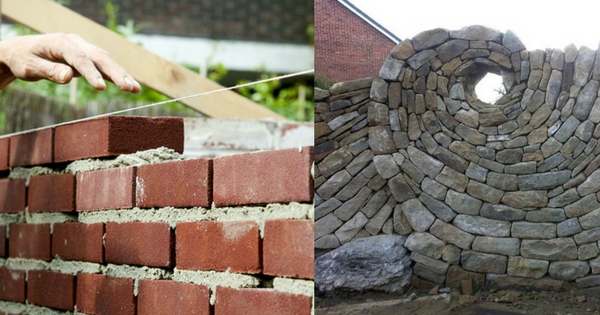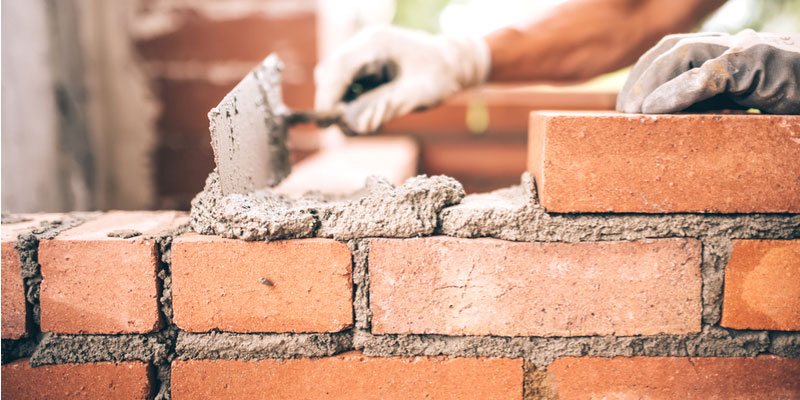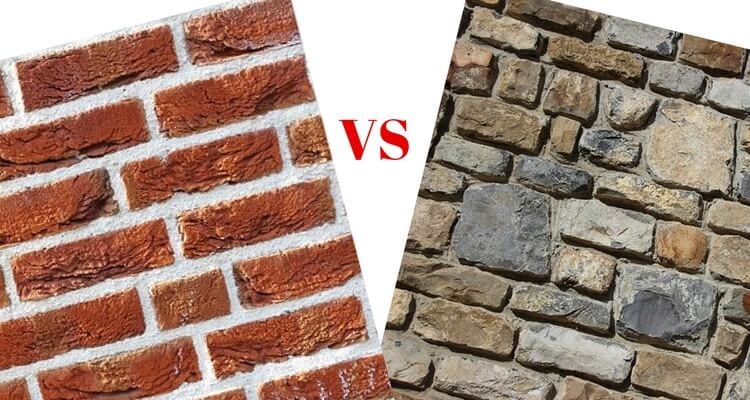When embarking on a construction project, selecting the right material is of utmost importance. It not only affects the project’s visual appeal but also determines its durability and overall success. Brick and stone have been utilized as construction materials for centuries, with their timeless charm and inherent strength. In this article, we will delve into the characteristics, benefits, and considerations of both brick and stone, enabling you to make an informed decision for your next construction project.
Understanding Brick as a Construction Material
Bricks have stood the test of time, tracing their origins back to ancient civilizations. Composed primarily of clay and shale, bricks undergo a firing process in kilns to enhance their strength and durability. One of the key attributes of bricks is their versatility. They are available in various sizes, shapes, and colors, offering architects and builders immense creative freedom.
Whether used for a rustic farmhouse or a modern urban structure, bricks seamlessly blend into diverse architectural styles. Furthermore, bricks possess excellent thermal insulation properties, ensuring energy efficiency, along with soundproofing capabilities, making them an ideal choice for creating serene and comfortable living spaces. Additionally, bricks exhibit exceptional fire resistance, offering enhanced safety for both residential and commercial construction projects.

Exploring Stone as a Construction Material
Stone has traditionally been regarded as a precious building material, representing durability and strength. Iconic constructions all around the world have been adorned with natural stones, including granite, marble, limestone, and sandstone. Every type of stone has distinctive qualities, such as variable hardness, variations in color, and textures, which give any structure a timeless and opulent appearance.
Unlike any other material, stone offers a clear link to nature and emits a timeless quality. It provides unmatched resilience, is able to endure severe weather, and ensures the longevity of the construction. The type of stone, sourcing strategies, and maintenance needs must all be taken into account when choosing a stone for a project, though.
Comparing Brick and Stone
When faced with the decision between brick and stone, several factors must be taken into account. Aesthetics and design considerations play a significant role, as bricks provide a structured and uniform appearance, while stones offer a more organic and irregular look. Bricks, with their precise shapes and patterns, create a sense of order and cohesion. On the other hand, stones, with their natural variations and unique textures, lend a rustic and distinctive character to a building. The choice between brick and stone ultimately depends on the desired architectural style and the atmosphere one wishes to create.
Durability is another crucial aspect to consider. Both bricks and stones are renowned for their longevity. Bricks possess high resistance to fire and are less prone to damage from impacts, making them ideal for areas prone to fires or potential accidents. Conversely, stones excel in their ability to endure the ravages of time and nature, ensuring that the building maintains its original beauty for generations to come. With proper care and maintenance, both materials can stand strong for centuries.
Maintenance requirements and costs vary between brick and stone. Bricks are generally low-maintenance, requiring minimal upkeep beyond occasional cleaning. They are resistant to fading and retain their color well. Stones, however, may require periodic sealing and maintenance to preserve their appearance and protect them from staining. Additionally, the cost of materials and installation differs between the two. Bricks are typically more cost-effective due to their mass production and widespread availability, while stones can be more expensive due to their natural beauty and the labor-intensive installation process they entail.
Environmental impact and sustainability have become significant considerations in construction. Bricks are typically made from abundant natural resources like clay, and modern production techniques have reduced their carbon footprint. Additionally, recycled bricks can be sourced, reducing waste and conserving resources. Stones, however, are quarried from the earth, which can have environmental implications.

The extraction process and transportation of stones consume energy and can disrupt ecosystems. However, it is worth noting that using locally sourced or recycled stones can mitigate some of these concerns. Furthermore, stones are inherently durable, reducing the need for frequent replacements or repairs, which contributes to their sustainability.
Any building project must take the cost into consideration. Due to their widespread availability and mass production, bricks are typically more affordable than stones. Brick prices vary depending on the kind, size, and complexity of the design. However, given of their distinctive beauty and the skill required for their installation, stones can sometimes be more expensive. The price of stones varies based on the kind, quality, size, and source of the stone. It is crucial to consider the budgetary constraints of the project and weigh them against the desired aesthetic and durability to make an informed decision.
Installation and construction considerations are significant when choosing between brick and stone. Bricks are relatively straightforward to install, as they come in standardized sizes and shapes, allowing for efficient construction processes. Skilled masons can lay bricks quickly and precisely, reducing construction time and costs.
On the other hand, working with stones requires specialized knowledge and craftsmanship. Stones are irregular in shape and size, demanding meticulous planning and skilled labor to achieve the desired result. Stone installation is often a more time-consuming process, which should be factored into the project timeline.

